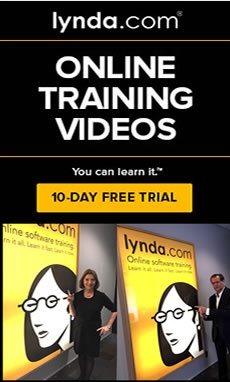A couple weeks ago, I shared three exciting new books recently released by my esteemed marketing colleagues. This week, it’s time to add another book to the list. Prominent content marketing evangelist Andreas Ramos has just added a new book to his impressive catalog called The Big Book of Content Marketing.
The book truly is a one-stop shop for all things content marketing, laying out the case for why it is so relevant in today’s social media environment and how businesses of any size can begin taking the necessary steps toward building their own content campaigns.
Letting the audience lead the way
In the early days of online content, Internet users had a bit of a jump on marketers once the web had become sophisticated enough to be a reliable source of information. As Ramos explains, “People began to look for information on their own. Instead of relying on salespeople or marketing, they looked on search engines, asked in forums, read articles by experts, and discussed with friends and family.”
People wanted informative answers, but they also wanted to avoid the hard sell of a sales pitch. If through their networks they could learn which product was the best for their needs, they would buy it, leaving the company with little else to do than make the sale at the end.
Of course, from a marketing standpoint, this kind of process was problematic, as it didn’t much allow for brands to enter into the conversation and represent their products in these forums. They had to learn to give the customers what they wanted—in this case reliable information—but they couldn’t be too pushy about the message. They had to play by the customers’ rules.
Choosing the right distribution models
As Ramos expertly explains, one of the greatest challenges for businesses hoping to bolster their branding efforts through a healthy content marketing campaign is making sure to produce materials that are relevant, timely, accessible, and properly designed for the audience. Sounds simple enough, right?
Perhaps, but the key to successful content campaigns is putting the right structure in place. Depending on the size of your organization, these can include creating a content calendar, building an effective editorial staff, and determining the proper distribution system for your content. After all, it doesn’t matter what kinds of materials you’re producing if no one’s going to be able to find them.
On the matter of both organization and distribution, Ramos champions the hub-and-spoke model for both its flexibility and its ability to foster autonomy in the different spokes. While working on our upcoming book The Social Employee, we also found that other powerful brands such as Adobe were also achieving great success through a similar system.
From Ramos’s perspective, the great value of the hub-and-spoke method of distribution is that it doesn’t just prize one outlet for a brand’s content, but rather several. As Ramos says, “Your website is just another distribution site for your content. It’s actually against your interests to keep your content only on your site.”
A primer for social branding success
With these, and many more, foundational elements in place throughout the book, Ramos paints a clear, actionable picture of how content marketing can work for any brand, illustrating masterfully how these different pieces come into play. I highly recommend this book to people looking for answers to the content marketing riddle—as well as to those who are looking to take their own content efforts to the next level.
COMING SOON – Summer, 2013 – The Social Employee – (McGraw-Hill)
Authors Cheryl Burgess and Mark Burgess
Foreword by David C. Edelman – Global Co-leader, Digital Marketing and Sales Practice, McKinsey & Company
Follow @SocialEmployee on Twitter
PRE-ORDER NOW! Click here!















